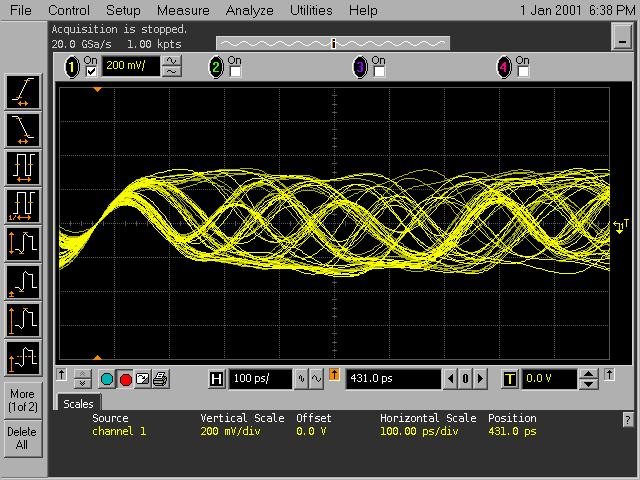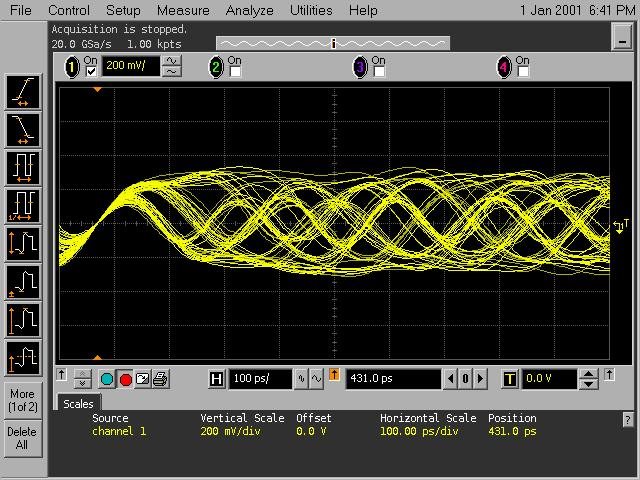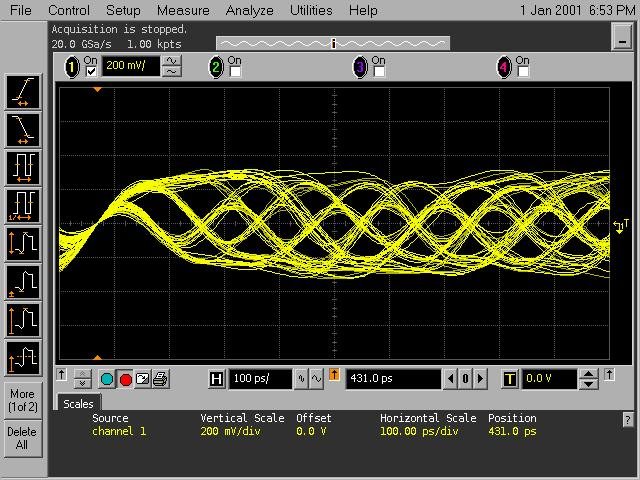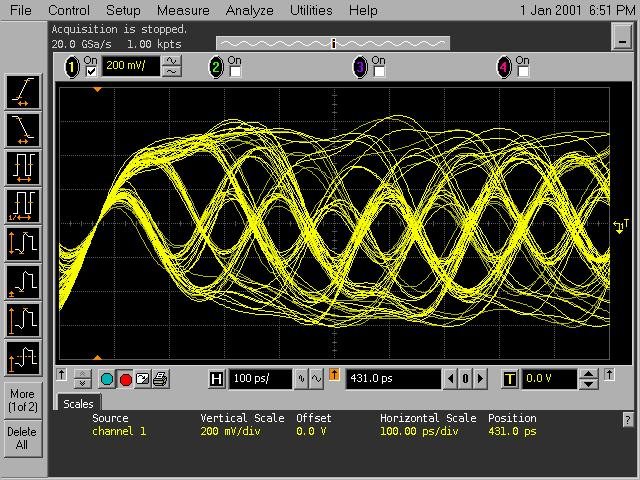Other Parts Discussed in Thread: DS100BR111, DS125BR111
Hi
We are using the TLK1102E we are looking for some more details :
- The trace length from the TLK1102E to the connector ? there is only details about cable length
- Is there any guide for registers setting ?
- Is there an IBIS model ?
regards,
Avi Amitai






